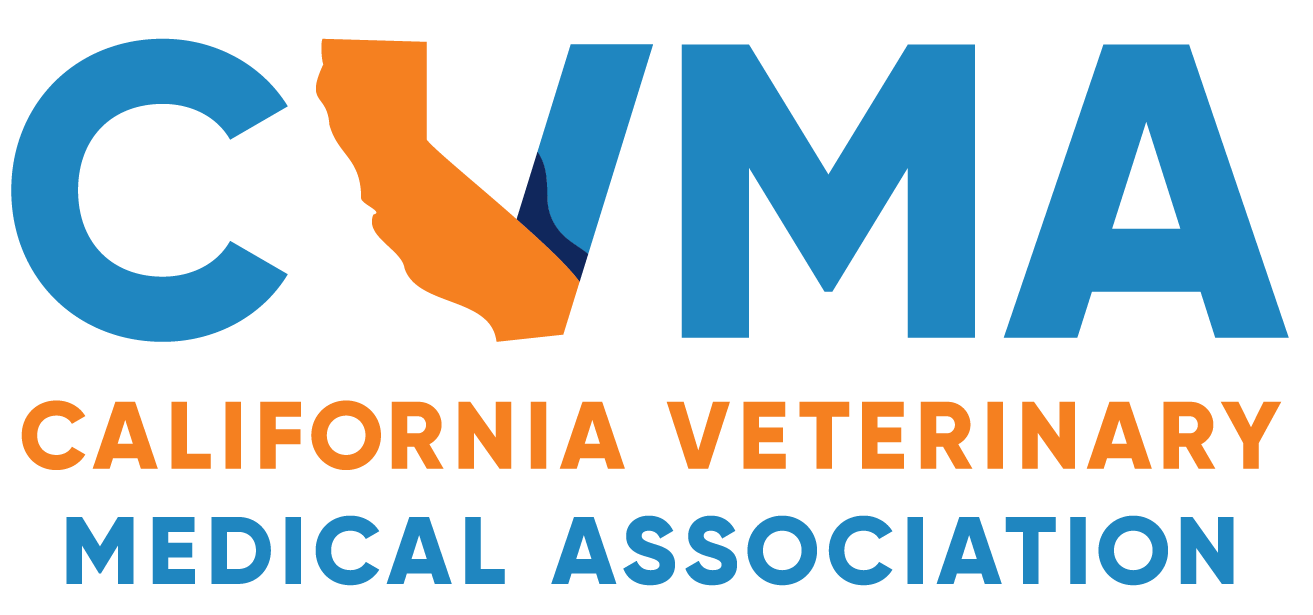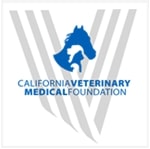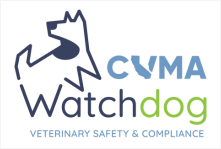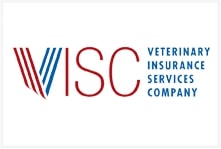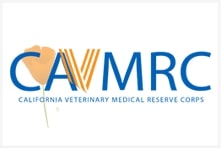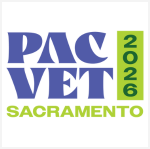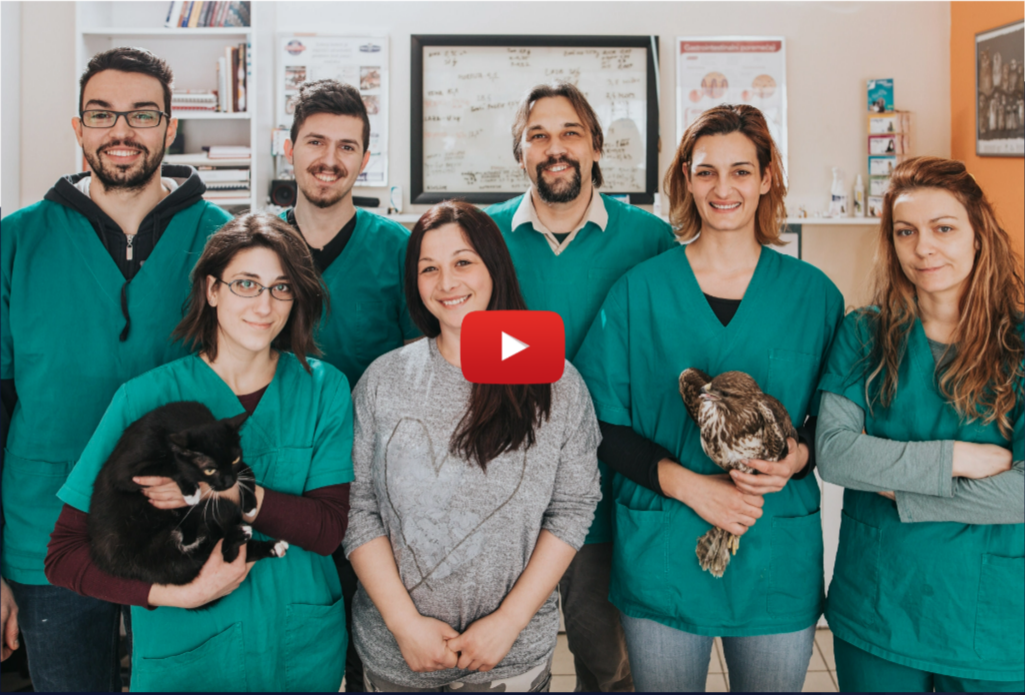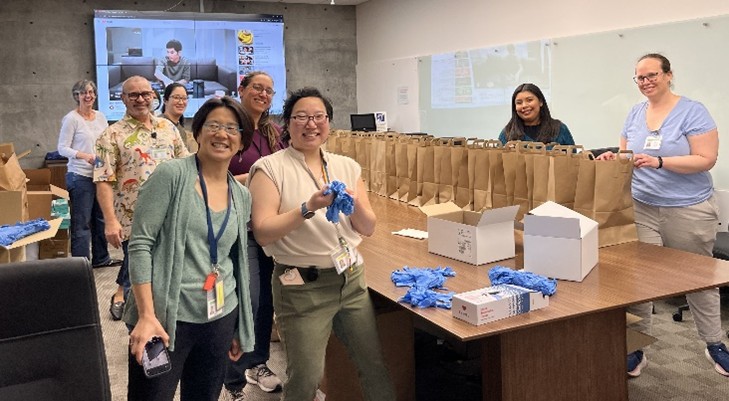
This article was originally printed in the July/August 2025 issue of the California Veterinarian magazine.
On July 14, 2022, highly pathogenic avian influenza A(H5N1) clade 2.3.4.4.b was detected for the first time in California wild birds. By the end of August 2024, nearly 600 confirmed positive wild birds and over 7.1 million domestic birds had been impacted by H5N1 in California, and H5N1 infection was detected in three dairy herds in the Central Valley.
On October 3, 2024, the first two confirmed human cases in California were reported in dairy workers. On December 18, 2024, California declared a State of Emergency for H5N1. As of May 1, 2025, more than 23 million birds, over 700 dairies, at least 38 people, 21 domestic cats, and a number of wild mammals—including a bobcat, a raccoon, a skunk, mountain lions, and fishers—have been infected with H5N1 in California.
Balancing the risks of human infection, viral mutation, occupational safety, heat stress, food safety, animal health and welfare, mental health, and environmental contamination is no small feat. California adopted a One Health perspective in its preparation for H5N1 before the first cases in animals or humans occurred. Today, public health, animal health, and environmental health agencies continue to coordinate efforts in a united One Health response.
California’s Multiagency H5N1 One Health Workshop
Since 2022, avian detections, wildlife mortalities, and subsequent human exposures in California have been monitored and managed through close collaborations between state and local public health, wildlife health, agriculture, laboratory sciences, occupational health, food safety, and environmental health officials.
Immediately following the first detections of H5N1 in Texas dairy cows in March 2024, California agencies increased multiagency communication to prepare for the possible introduction of H5N1 into California’s dairy cow population.
In August 2024, CDPH organized a multiagency One Health workshop to:
- facilitate relationship building between agencies;
- communicate and understand agencies’ roles and responsibilities related to zoonotic diseases using H5N1 as an example; and
- work through a mock scenario tabletop exercise to identify critical points of collaboration and any gaps in current preparedness for the possible introduction of H5N1 in California dairy cows.
The workshop resulted in a more efficient multiagency response when H5N1 was detected in California dairy cows just three weeks later.
How Is CDPH Protecting California Communities From Avian Influenza?
Farmworker and Veterinary Staff Protection
As of May 1, 2025, the US Centers for Disease Control and Prevention (CDC) has confirmed 38 human cases and one probable case for which confirmatory testing at CDC was negative in California. Of the 39 cases, 37 were dairy workers and two were children with unknown exposure sources. All California H5N1 patients have had mild illnesses, most consisting of conjunctivitis alone, conjunctivitis and upper respiratory symptoms, or conjunctivitis and the more typical influenza symptoms of fever, chills, cough, sore throat, and muscle aches.
CDPH continues to collaborate with state agencies, farmworkers, farm owner organizations, and trusted community messengers to conduct outreach on farmworker health and infection prevention. CDPH has provided approximately 5.2 million pieces of personal protective equipment (PPE) to poultry workers, dairy workers, and veterinary staff, and set up 182 temporary mobile clinic events to provide free influenza testing and seasonal influenza vaccines.
Additionally, California’s state public health laboratory is one of three national influenza reference centers, and the state has a robust system for testing for H5N1 virus in humans at the state and local public health laboratories.
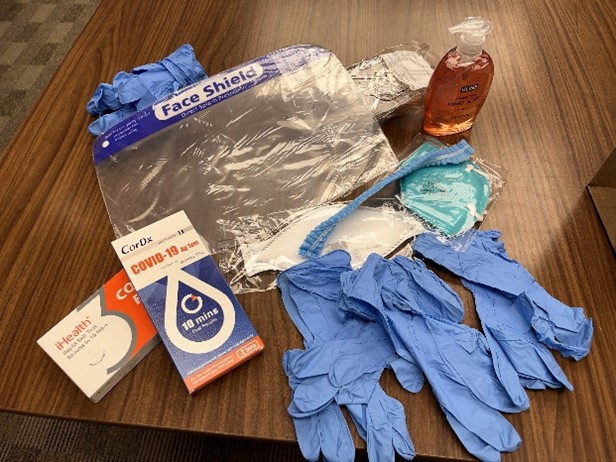
Environmental Health and Food Safety
Since May 2024, California has conducted wastewater testing for avian influenza viruses in partnership with federal and academic partners, with testing now performed at 85 sites—more than any other state in the US. Wastewater H5 detections have mirrored statewide dairy herd detections, serving as a proxy for statewide H5 dairy herd infections.
State agricultural and public health officials are collaborating to ensure food safety and take action on possibly contaminated raw dairy or food products to prevent H5N1 infection in humans and domestic animals. Four raw milk recalls, three raw pet food recalls, and one health advisory have been issued for products contaminated with H5N1 virus.
Domestic Cats
There is no state agency with routine regulatory authority over companion animal diseases in California, but domestic cats have been a public health interest in the H5N1 outbreak. CDPH recognizes that preventing disease in animals protects human health and limits environmental spread, and that cats can serve as sentinels for H5N1 in the environment, other animals, and food products. On February 21, 2025, CDPH advised California veterinarians that influenza A cases in cats are reportable to public health officials.
Veterinarians must immediately report cases of novel influenza A infection in their feline patients via telephone, fax, or electronic notification to local health officers for the jurisdictions where the patients’ owners reside.
As of May 1, 2025, 21 domestic cats and two captive exotic cats had confirmed H5 infections in California. Cats are infected through consumption of raw food products (such as H5-contaminated raw pet foods, unpasteurized milk, or raw meat sold for human consumption), direct or environmental contact with infected livestock, or predation of infected wild birds.
In light of the above, CDPH recommends that veterinarians:
- Discourage clients from feeding raw food products to pets.
- Avoid direct, unprotected contact with animals suspected or known to have avian influenza and their raw products, including carcasses, animal waste, or contaminated surfaces and water.
- Use PPE (gloves, mask, eye protection) when handling animals suspected or known to have avian influenza.
- Consider avian influenza infection in any cat that consumed raw dairy products, raw pet or human food, or wild birds, especially if it presents with neurologic signs like seizures, acute ataxia, nystagmus, or cortical blindness.
Avian influenza A(H5N1) is a complicated pathogen, impacting human, animal, and environmental health. Veterinarians play a pivotal role in the robust, multi-pronged One Health approach of identifying, managing, and preventing influenza illness in humans and animals.
